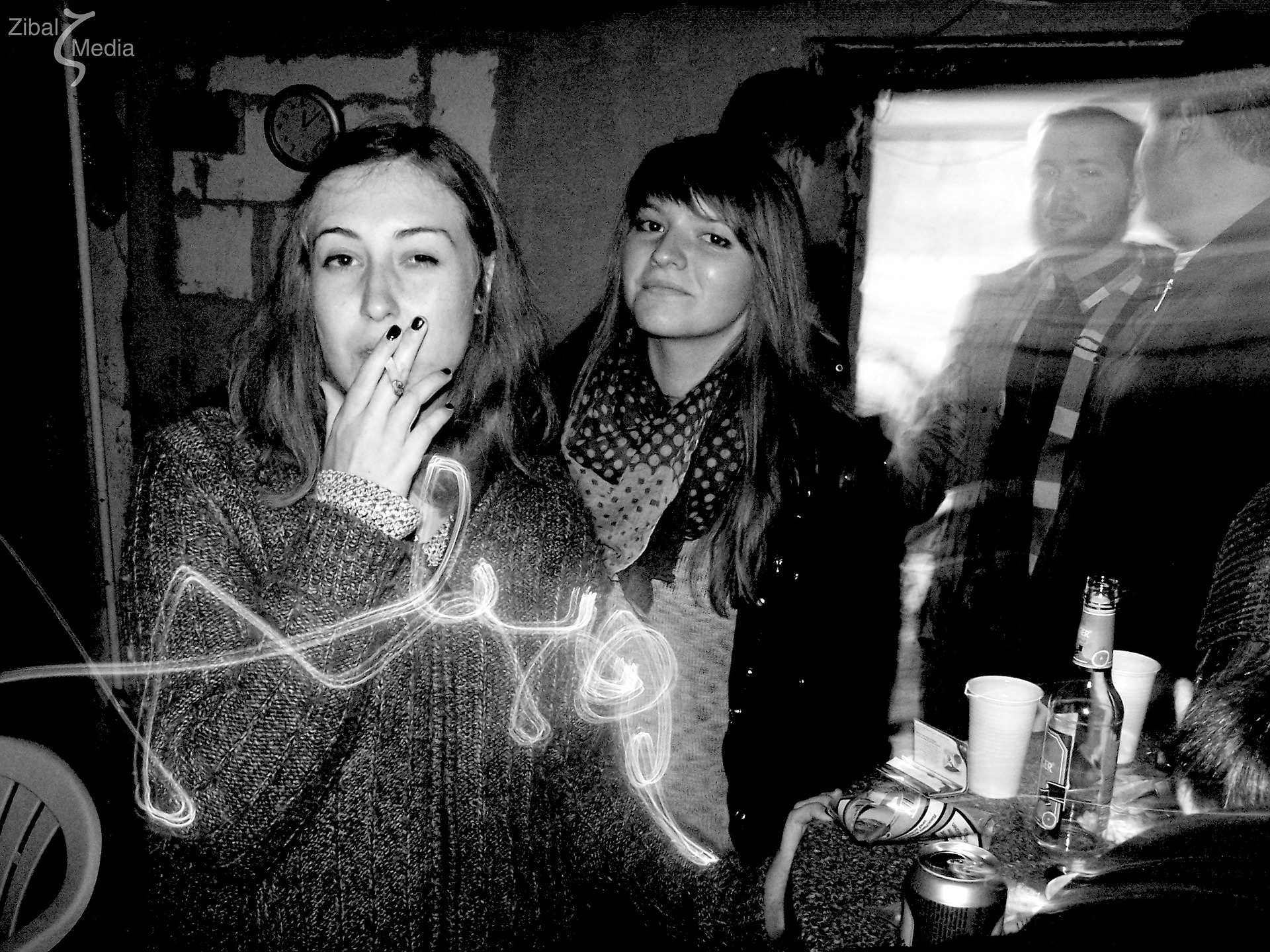Sociocultural explanations of addiction
 The origins of addiction are quite complex and not fully understood by psychologists. Addiction occurs when people become physically dependent on a substance through repeated use.
The origins of addiction are quite complex and not fully understood by psychologists. Addiction occurs when people become physically dependent on a substance through repeated use.
Although there is much evidence of the role of dopamine and other neurotransmitters in addiction, psychologists argue that these biological factors work together with and respond to environmental factors, making addiction possible. Two key explanations include Social Cognitive Theory and the role of stress.
Social cognitive theory
 Social Cognitive Theory argues that we learn behaviour by observing the behaviour of others. It is important that we identify with the person modeling the behaviour and that we feel that the model has received some positive outcome for the behaviour. This is the concept of vicarious reinforcement.
Social Cognitive Theory argues that we learn behaviour by observing the behaviour of others. It is important that we identify with the person modeling the behaviour and that we feel that the model has received some positive outcome for the behaviour. This is the concept of vicarious reinforcement.
Bandura also says that self-efficacy is an important part of social learning. In substance use and addiction, it is an important reason why a person may start - or not start - to use a drug. Strong self-efficacy may lead someone to say, "I don't need to use drugs to have fun," or "if I use a drug, I could stop at any time." Research indicates that this may play a key role in addiction.
One important set of role models is our parents. Bauman et al (1990) found that among American adolescents, if the parents did not smoke, then their children were less likely to smoke. 80% of adolescents whose parents did not smoke had never tried smoking, whereas over 50% of those with parents that smoke did. Murray et al. (1984) found that in families where the parents were strongly against smoking, the children were up to seven times less likely to smoke.
Peer influences have been found to be among the strongest predictors of drug use during adolescence. It has been argued that peers initiate youth into drugs, provide drugs, model drug-using behaviours, and shape attitudes about drugs. O’Connell et al (2009) suggest that there are three major elements to peer influence as a risk factor for alcohol addiction:
An at-risk adolescent’s attitudes and norms about drinking develop by associating with peers who use alcohol
These experienced peers then provide more opportunities for the at-risk individual to use alcohol.
The individual ends up over-estimating how much their peers are drinking, which means they drink more to keep up with the perceived norm.
Unger et al (2001) carried out a cross-cultural survey of adolescent smoking in a sample of 5143 Californian adolescents with a mean age of 13. The study found that European American students who had close peers who smoked were more likely to smoke than other students (e.g. Asian American and Hispanic students). The researchers explained that in individualistic cultures, adolescents typically create their own youth culture, characterized by rebellion, in order to set themselves apart from their parents. In collectivist cultures, the bond between the teen and the parents is considered important. Rebellion is not tolerated, so adolescents are more likely to conform to the roles and norms that parents prescribe for them.
Research in psychology: Wakefield et al (2003)
Advertising plays a key role in why people begin to smoke. Before looking at the study below, take a minute to watch the following video.
Wakefield et al (2013) carried out a literature review of the role that media plays in smoking behaviour. The research suggests that the media plays a key role in shaping social values about smoking. The media does this by providing models which teenagers may seek to emulate as well as providing information about the nature of smoking. This information may either promote or discourage smoking behaviour. Some of the key research findings included:
- Awareness and liking of cigarette advertising is associated with smoking initiative among teenagers, independent of peer, sibling, or parent smoking behaviour.
- Brand-specific exposure to cigarette advertisements was correlated with the type of cigarette smoked by new smokers.
- Ownership of cigarette promotional items is linked with later smoking initiated
For more about the role of media and how this may attract young smokers, take a look at the following Guardian article.
The role of stress
Stress has an effect on our physiology. These effects may also have an influence on the likelihood of addictive behaviour. Some people smoke or drink as a way of coping, but this may lead to addictive behaviour. The interaction of environmental stressors and biological dispositions is today an important part of our understanding of addiction. Modern research is particularly interested in the role that adverse childhood experiences may play as a predictor of substance abuse or addiction.
Research in psychology: Morgan et al (2002)
 Morgan et al (2002) carried out a study in monkeys to show how social hierarchy may play a role in drug-related behaviour. First, dopamine levels were measured in monkeys that had been individually housed. Then, the monkeys were housed in groups for 18 months. At the end of the 18 months, there was a positive correlation between a monkey's rank in the hierarchy and the level of dopamine receptors. The monkeys that were submissive saw a decrease in the level of their dopamine.
Morgan et al (2002) carried out a study in monkeys to show how social hierarchy may play a role in drug-related behaviour. First, dopamine levels were measured in monkeys that had been individually housed. Then, the monkeys were housed in groups for 18 months. At the end of the 18 months, there was a positive correlation between a monkey's rank in the hierarchy and the level of dopamine receptors. The monkeys that were submissive saw a decrease in the level of their dopamine.
When self-administered cocaine was made available to the monkeys, the subordinate animals took more cocaine than the dominant monkeys. This suggests that environmental stressors can produce profound biological changes that may have significant behavioural repercussions, including vulnerability to cocaine addiction.
Adverse childhood experiences
There are several studies that show a correlation between the number of adverse childhood experiences and substance abuse or addiction. Some of the findings include:
- ACE's predict early-onset drinking age (Rothman et al, 2008)
- ACE's are associated with a higher risk of substance abuse disorders later in life (Choi et al, 2017)
- Prevalence of smoking is higher in those with higher ACE scores (Ford et al, 2011)
- For every additional ACE score, the rate of illegal drug use increased up to 4-fold (Dube et al, 2003)
As you can see, there is a lot of research that shows a strong correlation between childhood abuse and later development of drug and alcohol dependency. Cleck & Blendy (2008) found that the longer the abuse continues the greater the chance of dependency. But unlike the well-controlled monkey study by Morgan et al (2002), research on the role of abuse is solely correlational in nature and it is not possible to isolate variables to determine a cause and effect relationship. However, if we generalize the findings from animals, we may perhaps find an explanation for this correlational relationship.
Most of the research done on human participants is correlational, so cause and effect relationships cannot be determined.
Increased exposure to cigarette advertisements is associated with increases in adolescent smoking but the reasons for this association are not well established.
Social Cognitive Theory simply shows why individuals may initiate drug use. It is not a predictor of which individuals will develop an addiction. The theory is more explanatory than predictive.
When it comes to peer influence, it is important to remember that we have some level of choice of the groups to which we belong. It is possible that the use of drugs among peers is not simply because of the influence of others, but because of some common traits which attracted individuals to that peer group.
Research on adverse childhood experiences does not usually have evidence of the genetic make-up or psychological profile of children before they were abused. Although the argument is that environmental factors interact with biological factors, the interaction of those factors cannot be observed or measured in these studies.

 IB Docs (2) Team
IB Docs (2) Team
